Your trailer’s tires help carry the weight of your cargo, and in order to do so safely, it’s necessary to inspect them often for wear and replace them as needed. Waiting too long to replace your trailer’s tires can lead to a number of issues and even create dangerous situations, so we want to make sure you know how to spot the signs that your tires need to be changed.
You should be inspecting your tires before you use your trailer, every time. As you inspect your tires, keep in mind the following areas that need to be inspected for indications that your tires should be replaced.
Tire TreadThe tread on your trailer’s tires provide the gripping action and traction needed to keep your trailer from slipping and sliding on the road, driveways, and more. Look at tire treads for signs of uneven wear patterns. As a general rule of thumb, your tires should be replaced when the tread is worn down to 2/32 of an inch.
Tires do have built-in tread wear indicators to help you realize when it is time to replace them. The indicators are the raised sections with intermittent spacing in the bottom of the tread grooves. When these indicators appear even with the outside of the tread, it’s time to replace your trailer’s tires. You can also check this by placing a penny in the tread depth with Lincoln’s head upside down and facing you. If you can see the top of his head, you need to buy new tires. Remember to include your trailer’s spare tire in your regular inspections!
Cracks, Punctures, and Foreign ObjectsCracks, punctures, and foreign objects can create spaces that allow air to escape from your tires. If you don’t catch it soon enough, any of these could lead to a blowout or worse. Remove foreign objects as soon as you notice them wedged in your tire tread to prevent further damage. If you notice a crack or if your tire is punctured, it may be repairable by plugging the hole and patching the area inside the tire that surrounds the hole, depending on the location.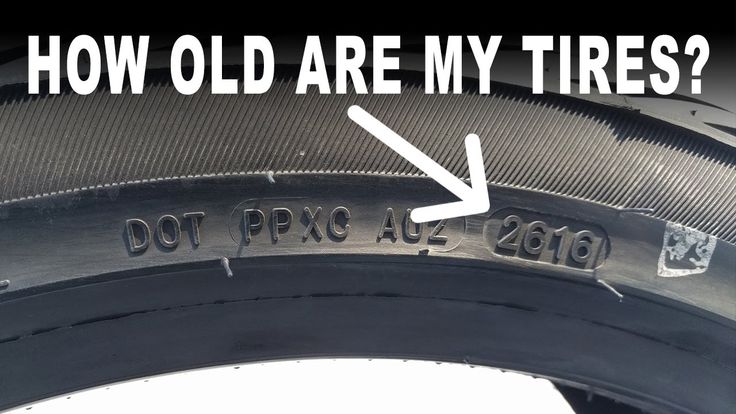 If this doesn’t resolve the issue, or if your tire’s sidewall has been punctured, it will need to be replaced. Remember, any attempt to repair trailer tires should be done by a tire professional.
If this doesn’t resolve the issue, or if your tire’s sidewall has been punctured, it will need to be replaced. Remember, any attempt to repair trailer tires should be done by a tire professional.
In addition to inspecting tires for cracks, be sure to check the valve stem for cracks as well. This is important because the valve stem is used to inflate the tire. If a tire cannot be properly inflated due to cracks in the valve stem, it’s time to replace the tire.
Damage or DeformitiesKeep an eye out for damage and deformities such as bulges, cuts, and flat or extremely bald spots and replace your tires if you notice any of these.
AgeAge is also a factor to consider when determining if your trailer’s tires need to be replaced. Each tire manufacturer will likely have different recommendations on the service life of a particular type of tire, but statistics suggest the average life of a trailer tire is about five years under normal use and maintenance conditions, and that tire replacement should be considered after three years, even if the tires appear to have adequate tread depth. Consult with your tire dealer if you have questions regarding the life expectancy of your trailer’s tires.
Consult with your tire dealer if you have questions regarding the life expectancy of your trailer’s tires.
In addition to knowing how to spot the signs that your trailer’s tires are due to be changed, it’s important to know the most common causes of trailer tire damage and avoid them to help maintain safety on the road, and extend the life of your tires and improve your vehicle’s fuel economy. Trailer tire damage is often a result of:
Your trailer’s tires are a key element of your trailer, and knowing when to replace them is essential to ensure your own safety, as well as the safety of your cargo and others on the road.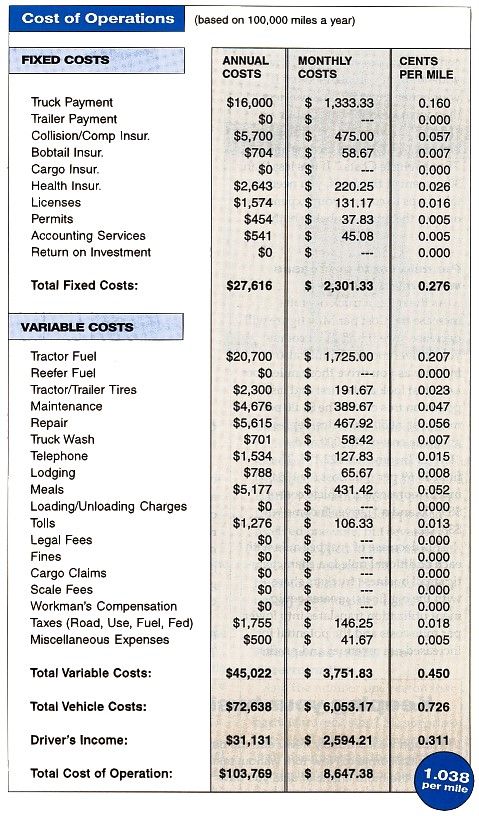 If you have questions regarding your trailer’s tires and when to replace them, consult with your owner’s manual, your trailer dealer, or a tire professional.
If you have questions regarding your trailer’s tires and when to replace them, consult with your owner’s manual, your trailer dealer, or a tire professional.
This post may contain affiliate links or mention our own products, please check out our disclosure policy.
Published on October 12th, 2018 by Donna Gum
This post was updated on November 23rd, 2021
Trailer tires last long enough to enjoy a lot of great RV trips. On the outside, they might look fine. But inside could be another story. Here’s what you’ll learn about when to replace RV trailer tires:
I found with tires, there are two areas to be concerned about: tread and aging tires.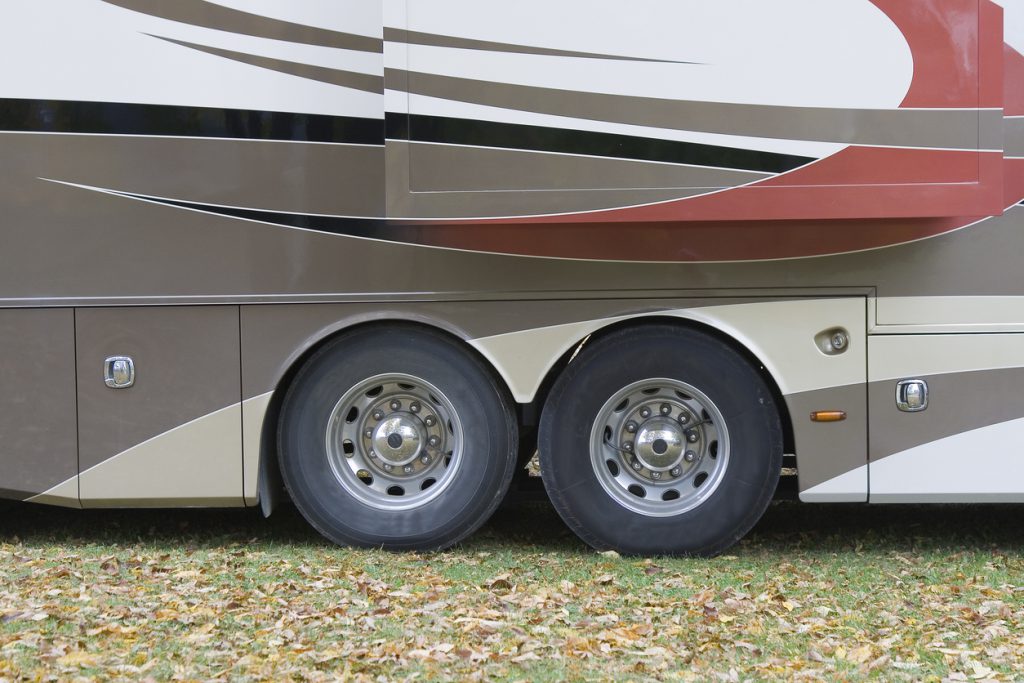
Aging tires also have obvious sidewall cracks. But cracks don’t always appear on the sidewalls. Some might be inside your tire. Internal cracks lead to separation of the steel belts. This can cause you to lose control of your trailer on the road.
Regardless of the mileage, if a trailer sits for four years without moving, the tires are still deteriorating. All RV trailer tires should be replaced within five years.
You know RV tires need replacing about every four or five years. But how do you know how long the tires were at the tire shop before you purchased them? There’s an easy way to find out.
All tire manufacturers stamp production dates onto the sidewalls. To find out how old your tires:
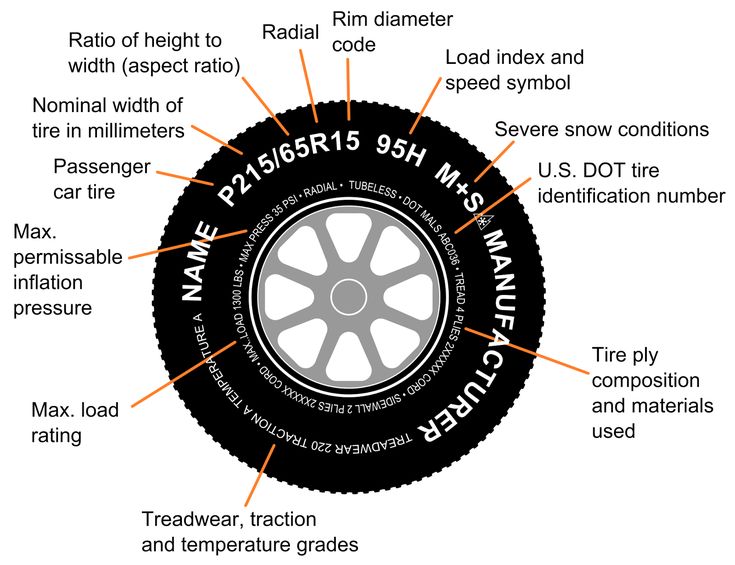
Heat and improper maintenance cause deterioration of tires. So does ultraviolet light, which causes chemical changes in the rubber. And just as hoses and belts in cars can dry rot, dry rot can set in if the tires are exposed to extreme heat and low inflation. Lack of use accelerates the process. Discoloration and cracks in the sidewalls of a tire can be a clue to dry rot.
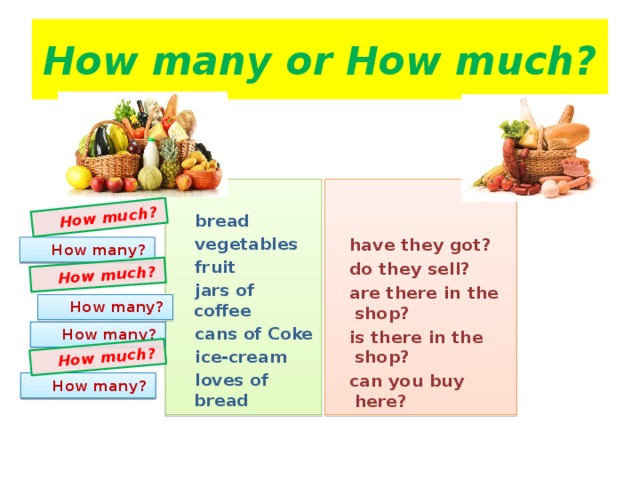
Trailer tires are made with a thicker sidewall to handle weight, they require the right amount of inflation. If RV tires are under-inflated, it causes more heat while driving, and the tire could fail.
Proper RV trailer tire inflation is a must. Using the right amount of PSI prevents RV trailer tire blowouts, increases fuel efficiency, and slows the tire aging process. Take that pressure gauge out and put it to good use before each trip.
Your RV trailer tire maximum PSI is located on tire sidewalls.
RV tire pressure monitoring systems are an excellent investment. They give warnings if one of your tires becomes underinflated. This increases your safety and reduces risk of tire failure while moving. Many insurance carriers offer discounts for TPMS owners.
They give warnings if one of your tires becomes underinflated. This increases your safety and reduces risk of tire failure while moving. Many insurance carriers offer discounts for TPMS owners.
Tires can also be kept in better condition by winterizing them along with the rest of the camper.
Help your RV trailer tires last longer by keeping them balanced. Unbalanced RV tires develop wear spots on the sides of the tire treads. These spots can be harder to see on the inner side of the tire.
Passenger car tires are not built for campers with the heavier weight load.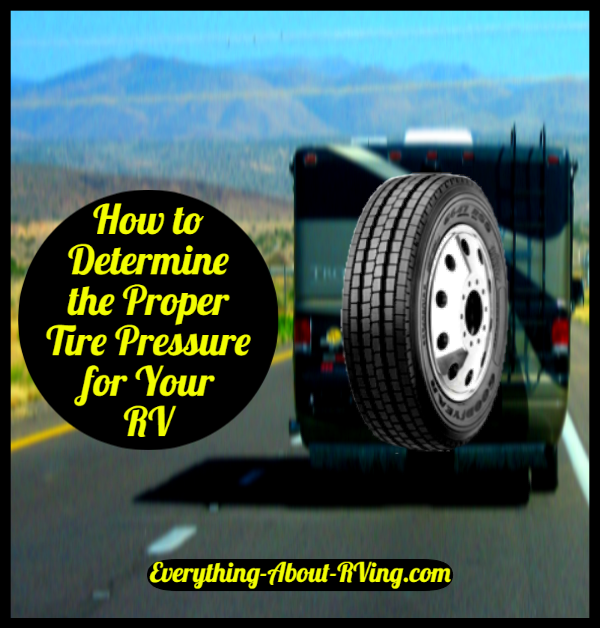 There are differences between passenger car tires, light truck tires, and special trailer tires. Light truck tires are more flexible and less durable for an RV trailer. This can lead to more chances of a blow-out or swaying.
There are differences between passenger car tires, light truck tires, and special trailer tires. Light truck tires are more flexible and less durable for an RV trailer. This can lead to more chances of a blow-out or swaying.
Using the right tire can help avoid trailer sway and tire blow-outs. Trailer tires are designed with larger polyester cords and stiffer sidewalls for carrying heavier weight loads. Special trailer tires should never be used for drive or steering axles, but for trailer position axles only.
If you see the letters LT, you have light truck tires, which need to be changed. Check and be sure that you don’t have an ST tire on the drive or steering axles. As I mentioned before, weight load is important. Since I load my camper with water, fuel, and food, how much weight can I safely put on my tires?
If you want your tires last as long as safely possible, don’t overload them. Overloading can also cause a tire blowout. Check the sidewall for the letter showing the load range. This can be a letter from A through N. Charts at tire shops will show what weight that letter load range can be. Note the letter on the sidewall of your trailer tire when you get your trailer. Never switch to a lower load-bearing tire.
Whether you are a weekend warrior or a full-time RVer, keep an eye on your wheels, your load range, and your PSI. Stay on top of all three and your trailer tires can carry you to many great adventures.
DON'T MISS OUT ON CAMPER REPORT UPDATESSign up for the newsletter today!
Consumer disputes over the age of tires have not subsided for several seasons. Buyers are excited that the warranty period for tires is limited to 5-6 years according to GOST, and after the expiration of this period, the rubber becomes unusable.
Buyers are excited that the warranty period for tires is limited to 5-6 years according to GOST, and after the expiration of this period, the rubber becomes unusable.
Is this really the case, read this article.
Manufacturers of most brands on their products set Shelf life is 5 years and service life is also 5 years .
The shelf life of a tire is the period during which it retains its performance when properly stored.
The end of this period does not mean that the tires have become unusable . A shelf life of 5 years is given by manufacturers because, by law, they cannot set a shelf life higher than the service life. Tires over 5 years of storage cannot be called damaged or defective, their technical characteristics may be slightly reduced. American researchers argue that the period of storage of "shoes" must be at least 10 years. Experts from Germany are sure that it cannot exceed 6 years.
The expiration date of tires is the warranty period during which the manufacturer is responsible for the quality and condition of the tire if it was used for its intended purpose without violating the operating rules.
According to Russian legislation (GOST 5513, GOST 4754-97) , the service life of tires is 5 years from the date of manufacture.
How can I find out the date of manufacture of tires?
You can find out the age of tires by a special DOT code. Tires manufactured after 2000 in the DOT code contain two pairs of numbers, where the first pair indicates the week number of the year, and the second pair indicates the year. Earlier tires before 2000 have 3 numbers in their composition, where the first two digits are the week number, and the last one is the year (see the transcript in the photo).
Determination of the average shelf life of a tire according to GOST and operating conditions.
- The symbol ZR denotes tires for high-speed cars. They are recommended to be used at speeds over 240 km/h. up to 6 years
- Tires with the H symbol are used at a maximum speed of 210 km/h. within 5 years.
- The sign S symbolizes the maximum permissible speed of 180 km/h. and operational period of 4-5 years.
Most tire manufacturers do not agree that tire life is limited to 5 years. Each company has its own opinion on this matter. We analyzed several of them and the information they posted on their official websites.
Michelin
The French tire manufacturer Michelin has become famous for its active fight against the perception of the rapid aging of tires as a perishable product. Her information campaign "Tires Are Not Bananas" created a lot of noise in the automotive environment. According to the representative office, several test trials were carried out in Saudi Arabia, South Korea and Germany.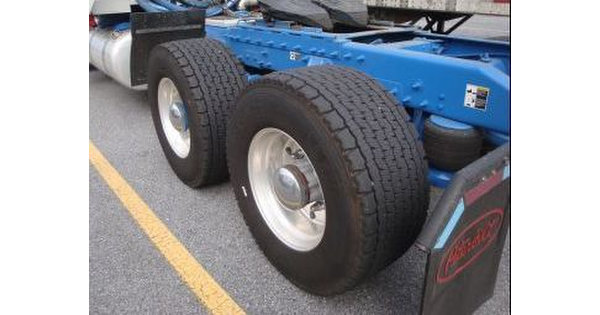 As a result of testing, no difference was found between new tires and tires stored for 3 years. They were tested for various characteristics such as rolling resistance, high speed durability, etc. Tires with a year life were approximately equal in performance to 10-year unused tyres.
As a result of testing, no difference was found between new tires and tires stored for 3 years. They were tested for various characteristics such as rolling resistance, high speed durability, etc. Tires with a year life were approximately equal in performance to 10-year unused tyres.
Michelin focuses the attention of car owners on the fact that tires are not a perishable product, their shelf life is not as important as the service life is important, starting from the date the tires are installed on the rims. It is from this moment that the tire is subjected to all tests: pressure, temperature changes, wear, contact with uneven and sharp coatings, etc.
Continental
On the Russian official website of Continental, we found the following information on the expiration dates of tires.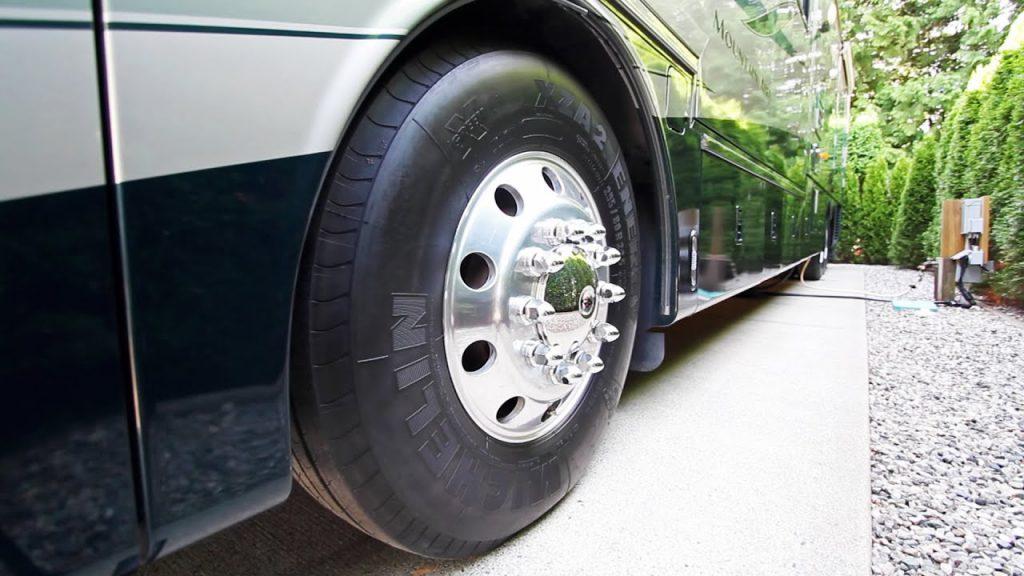
“When a tire is stored in the correct position and under the recommended conditions, it will not lose its original balanced performance for 5 years from the date of manufacture of the tire.
A properly maintained, unused tire less than 5 years old can be sold as a new tire and used normally.
Continental recommends replacing all tires (including spares) with a sidewall date greater than 10 years.
Nokian
The following information is posted on the Nokian official website:
“Tire life is not defined by law, but tires can only be considered “new” if they have been manufactured within the last five years. The recommended service life of tires is six years, and the recommended maximum period is 10 years.
The opinion of our specialists, based on many years of experience, coincides with the opinion of manufacturers: the shelf life is 5 years + the service life is up to 10 years. Moreover, more "adult" tires, in our opinion, are of better quality.
To keep tires as long as possible, they are stored in compliance with all rules and recommendations. The main condition is a cool, ventilated, darkened room away from oils, paints, ozone, and heat sources.
Rubber products tend to lose their performance over the years. To prevent and slow down this process, manufacturers add polymers to the rubber compound. They prevent oxidative processes that occur due to the interaction of protectors with oxygen and ozone.
The following are the main conditions for the proper storage of tires in accordance with GOST 24779-81:
Maintaining a constant regime without sudden jumps, slight temperature fluctuations from -30°С to +35°С are allowed;
Provide a low humidity level of 50-80% in a dry, ventilated cool room;
Avoid direct sunlight, use darkened hangars, shield heat sources;
Keep away from sources of heat;
Tires should not come into contact with corrosive, copper materials.
Avoid kinking, loading or positioning on an uneven surface.
Avoid contact with oils, organic solvents, acids, alkalis, fuels and lubricants on the tire surface. It is forbidden to lay tires on a wet and dirty surface.
In the warm season, when storing tires outside, they should be covered with light-tight material and raised above ground level to ensure ventilation and prevent the occurrence of the greenhouse effect.
Storage on reflective, light and heat absorbing surfaces is prohibited.
Keep away from chemicals, oils, paints, open flames, electric motors that produce ozone.
Used tires must be washed and dried.
Tires without rims should be stored upright.
The service life depends on many factors: the load on the car, the quality of the roads, the driving style, the mileage traveled, tire damage, etc. To increase their service life, follow these rules:
To increase their service life, follow these rules:
Check tire pressure every 2-3 weeks. With reduced pressure, tire wear increases by the equivalent of a % reduction. For example, a 15% reduction in pressure can result in a 15% reduction in service life. Inflated tires are less scary.
The wear of the front tires is always significantly higher than the rear ones, so it is recommended to swap them after some time, carefully monitoring the direction of the tread pattern and the direction of rotation.
Proper alignment of tires in relation to rims. If the direction is not the same, then performance is significantly reduced.
To prevent damage to the sidewalls of tires, avoid close proximity to curbs and high ledges.
Wash off dirt from the surface of the rubber and from deep grooves with special cleaning agents.
Adhere to an even driving style without harsh brakes and quick starts.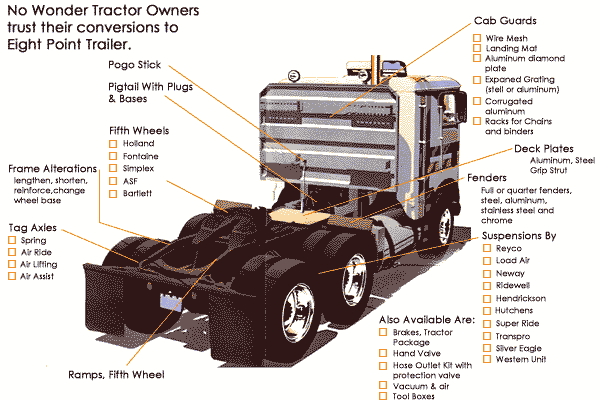
Do not overload the car beyond the norm. 20% excess weight leads to a 30% loss of tire life.
Keep the wheels balanced and check the alignment angles annually.
The main condition for a long tire life is:
- high quality products,
- careful operation,
- proper storage of tires in the off-season,
- timely diagnosis.
The age of tires in standard storage is a minor non-determining factor that should not be taken into account when buying them.
Previous article Next article
Car tires - elastic shell mounted on a disc rim. It is the tires that dampen the small vibrations that occur due to imperfect roads and compensate for the inconsistency in the trajectories of the wheels. The characteristics of tires affect: driving comfort, maneuverability and vehicle stability. However, even the highest quality rubber eventually deteriorates. Therefore, every driver should know how to correctly determine the degree of tire wear in order to replace them in time. Car and truck tires have different periods of use, depending on both the initial characteristics of the products and the operating conditions.
Tires wear out not only due to operational stress. They are characterized by natural aging, since the rubber compound from which the tires are made gradually loses its elasticity and resilience. The use of such rubber leads to a deterioration in vehicle controllability and creates dangerous conditions due to the high probability of tire rupture on the way.
In accordance with GOSTs 4754-97 and 5513-97, the warranty period for car tires is 5 years. Foreign manufacturers claim that the working life of tires is 5-10 years. There are no legislative acts obliging drivers to change tires after this period, but in order to create safe driving conditions, the driver must take into account the recommendations of GOST. Manufacturers usually set their own warranty periods.
Michelin, Bridgestone, Nokian, Continental, Dunlop, Pirelli, Yokohama:
| Brand | Warranty period declared by the manufacturer |
| Bridgestone | Tire dependent - 3-6 years |
| Nokian
| 5 years |
| Continental | 10 years old |
| Dunlop | Tire dependent |
| Pirelli | Tire dependent |
| Yokohama | 5 years |
| Michelin | 10 years old |
During the warranty period, the responsibility for identified significant defects rests with the manufacturer. The owner of the vehicle will be forced to eliminate defects on his own if there have been:
If the vehicle is used intensively, it may be necessary to replace the tires before the end of the warranty period. Therefore, regulatory documents establish the mileage after which you should think about replacing tires.
The maximum standard mileage is:
The actual rate of tire wear may differ from the standard values due to a whole list of factors, such as:
You can determine the need for tire replacement yourself by the following signs:
Table of minimum allowable tread depth for different modes of transport as amended on 01.01.2015
| Minimum allowable remaining tread depth | Type of transport |
| 0.8 mm | L - motorcycles, mopeds, quad bikes |
| 1. | N2, N3, O3, O4 - trucks with a maximum permissible mass of more than 3.5 tons and trailers with a maximum permissible mass of more than 3.5 tons |
| 1.6 mm | M1, N1, O1, O2 - cars, trucks and trailers with a maximum authorized mass of less than 3.5 tons |
| 2.0 mm | M2, M3 - buses |
| 4.0 mm | Winter tires marked M+S, M&S, M S, the amount of residual tread depth does not depend on whether tires are installed on cars or trucks |
Important! If the outer edges of the tire wear faster, the internal pressure is insufficient. Accelerated wear of the central part indicates excessive pressure. Wear on one side indicates a violation of the toe angle. Uneven surface wear is evidence of aggressive driving with rapid acceleration and hard braking.
You can extend the life of your tires by doing the following:
Normative document regulating the terms and conditions of tire storage - GOST 24779-81.